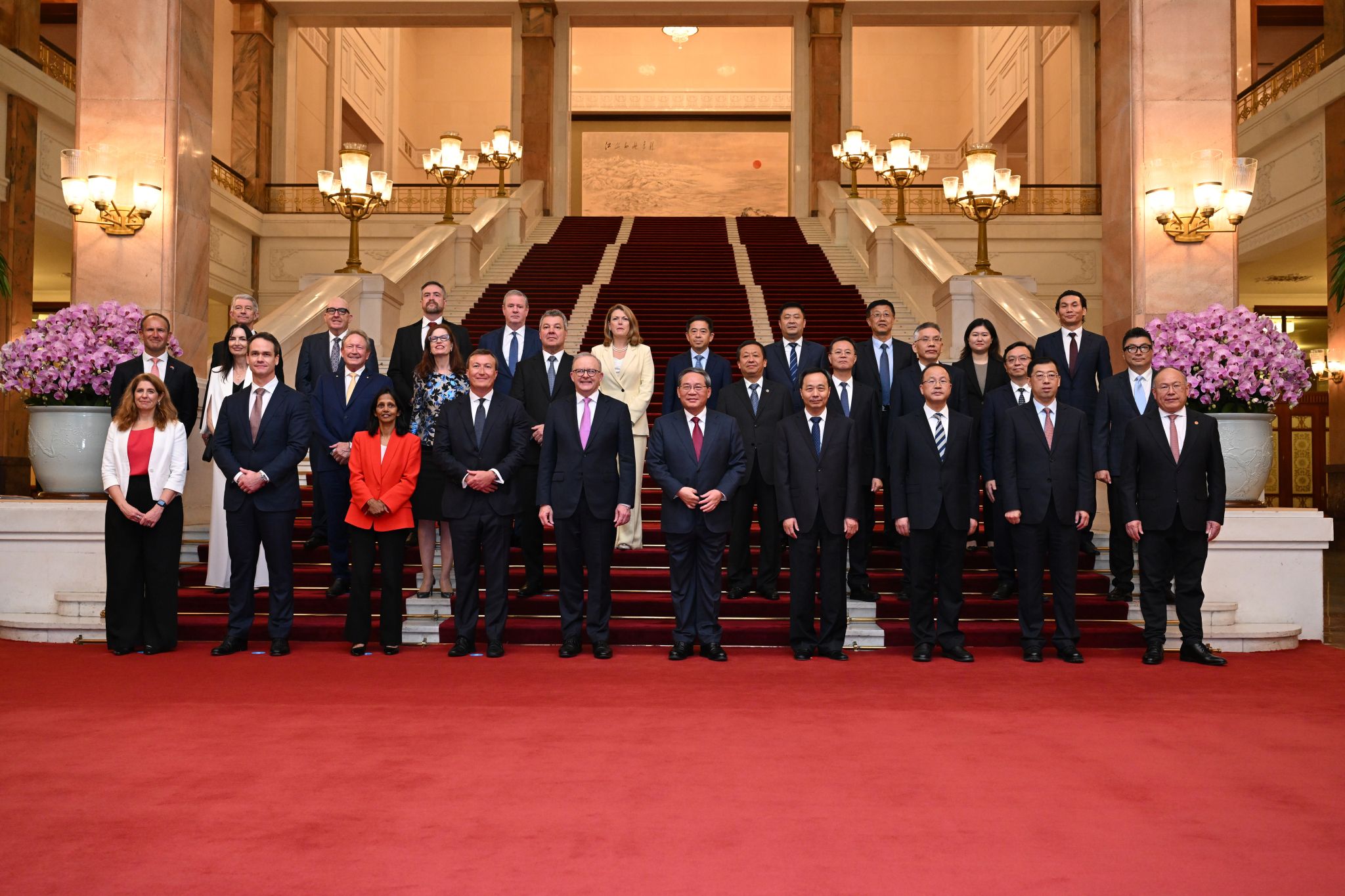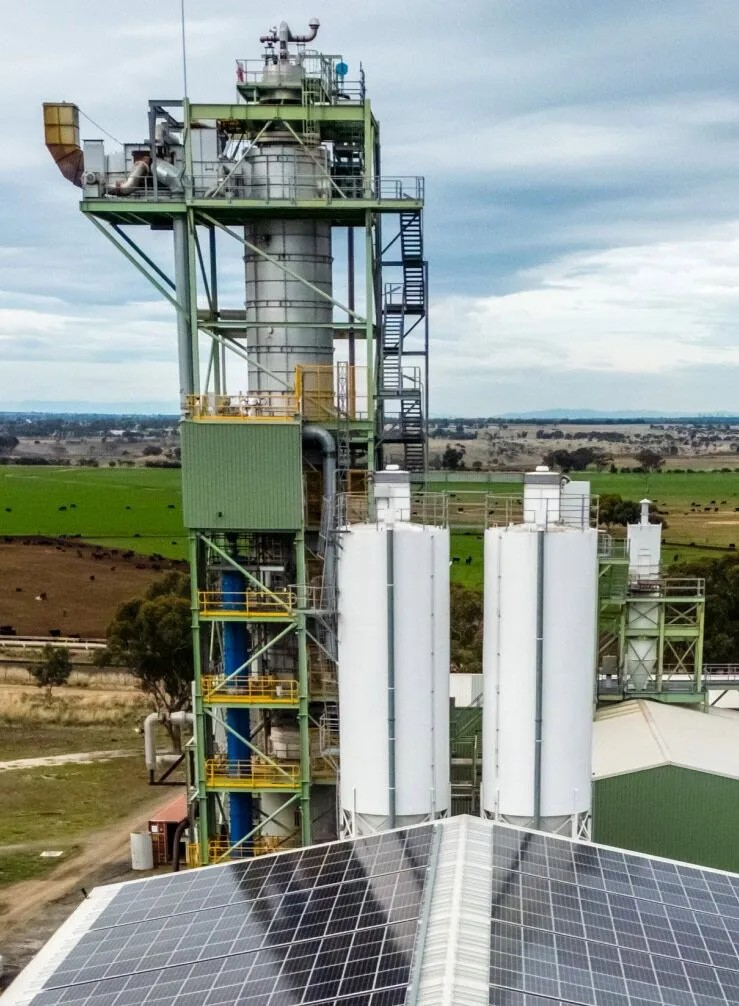Forging a green iron and steel future in Asia Pacific
Green hydrogen is an essential alternative to fossil fuels in sectors that can’t fully decarbonise through direct electrification using renewables.
One of the most important sectors where we need to prioritise green hydrogen is iron and steelmaking which currently accounts for a staggering 8% of global emissions due to the use of coal fired blast furnaces – it is quite simply one of dirtiest industries in the world and yet is a fundamental building block for our economies: think cars and cargo ships, bridges and buildings.
We really can’t live without steel and demand is increasing, particularly in lower income countries which are investing in their heavy infrastructure.
The shift from using coal in blast furnaces to direct reduction of iron ore using green hydrogen together with electric arc furnaces can save an impressive 24 tonnes of CO2 for every tonne of green hydrogen used instead of coal.
The most important part of the world where this shift needs to happen is in Asia Pacific and there is one key relationship there where this impact would be greatest: Australia and China. Australia is the world’s largest exporter of iron ore and China is the world’s largest importer (which sources nearly 60 per cent of its iron ore from Australia).
Australia has all the fundamentals to shift to green ironmaking: abundant renewables and green hydrogen potential and of course vast deposits of iron ore.
But making this shift will not be easy. A clever combination of political will between Australia and China, cutting the cost of green iron production, fairly pricing carbon intensive alternatives and government support schemes for green iron and steel are all needed to breathe life into the new era of clean steelmaking.
This month we saw a clear signal in Australian Prime Minister Anthony Albanese’s visit to China together with iron ore mining giants BHP, Fortescue, Rio Tinto and Hancock. In meetings with China’s political leaders and steel majors, both countries agreed to establish a new Policy Dialogue on Steel Decarbonisation.
As PM Albanese said: “Australia and China’s iron ore and steel sector partnership has contributed to both countries’ economic development for decades…Australia and China each have major stakes in how the [steel] decarbonisation efforts develop.”
The importance of the visit should not be understated.
As Ross Garnaut of The Superpower Institute said: “This trip is as important as [Former Australian Prime Minister] Bob Hawke’s trip to China in 1984 that set up the iron ore trade” which accounted for AUD 116 billion in the year to June 2025.
GH2’s founder Andrew Forrest of Fortescue had a clear message in China: “Go hard on green steel and green iron ore. It’s good for workers, good for families, and good for the planet.”

Climate Energy Finance's report Green Metal Statecraft: Forging Australia’s Green Iron Industry and The Superpower Institute’s A Green Iron Plan for Australia among others, highlight the opportunities and challenges that need to be overcome to achieve them.
The shift to decarbonising iron and steel with green hydrogen and renewables is in its early stages. Lowering the cost of renewable electricity and electrolysis plants remain essential and continued government support including Australia’s Production Tax Credits, its Hydrogen Headstart Programme (due to kick off round 2 later this year) and targeted packages for green metals such as Australia’s $1 billion Green Iron Fund (up to half of which will support the Whyalla steelworks transformation in South Australia) are needed, together with corresponding support from Australia’s key trading partners like China, Japan, and South Korea. Getting the balance right between how each country provides support and derives the economic and social benefits from this shift is the diplomatic challenge which needs to be solved, including how their major companies choose to invest at home or overseas.
Efforts to price carbon properly, including eventually putting in place an Asian Carbon Border Adjustment Mechanism and interim measures like a Clean Commodity Trading Initiative which would provide price and demand certainty for early movers in green iron trade all need serious consideration.
Companies like Fortescue are committed to producing green iron in Australia with the company’s Christmas Creek project already under construction. Last week Fortescue’s metals CEO Dino Otranto noted “we're looking forward to commissioning the plant soon and giving the world really what it needs”. Other companies like BHP are currently more minded to send unprocessed ore to China where it would be transformed into green iron, but either way BHP is investing in decarbonised transport of that ore to China including its recent charter of two ammonia dual-fuelled Newcastlemax bulk carriers which require green hydrogen-derived ammonia for full decarbonisation.

In parallel, research and technology need to keep pushing the boundaries of more efficient and low cost green iron technologies capable of accommodating differing qualities of iron ore. Last week’s decision by the Australian Renewable Energy Agency (ARENA) to fund construction of Calix’s demonstration plant using its Zero Emissions Steel Technology (ZESTY) which will produce 30,000 tonnes of green iron each year is a step in the right direction. Many other companies are looking at novel ways to make green iron and steel more cost competitive with current production such as Texas-based Hertha Metals which claims it can produce decarbonised steel from iron ore with renewable electricity and hydrogen in one step instead of two.
Finally, a green iron and steel partnership between Australia and its key trading partners like China will only succeed if customers can be certain that they are purchasing truly green iron and steel: robust standards and certification are needed. GH2 has just published a review of existing standards and certification schemes in the iron and steel industry showing that many do not sufficiently prioritize net zero production pathways and often neglect essential sustainability criteria.
The prize of decarbonising one of the world’s dirtiest yet most essential commodities in Asia Pacific is at stake. GH2 and our partners look forward to turbocharging the arrival of this new era in the months and years ahead.
Joe Williams,
Deputy CEO, GH2